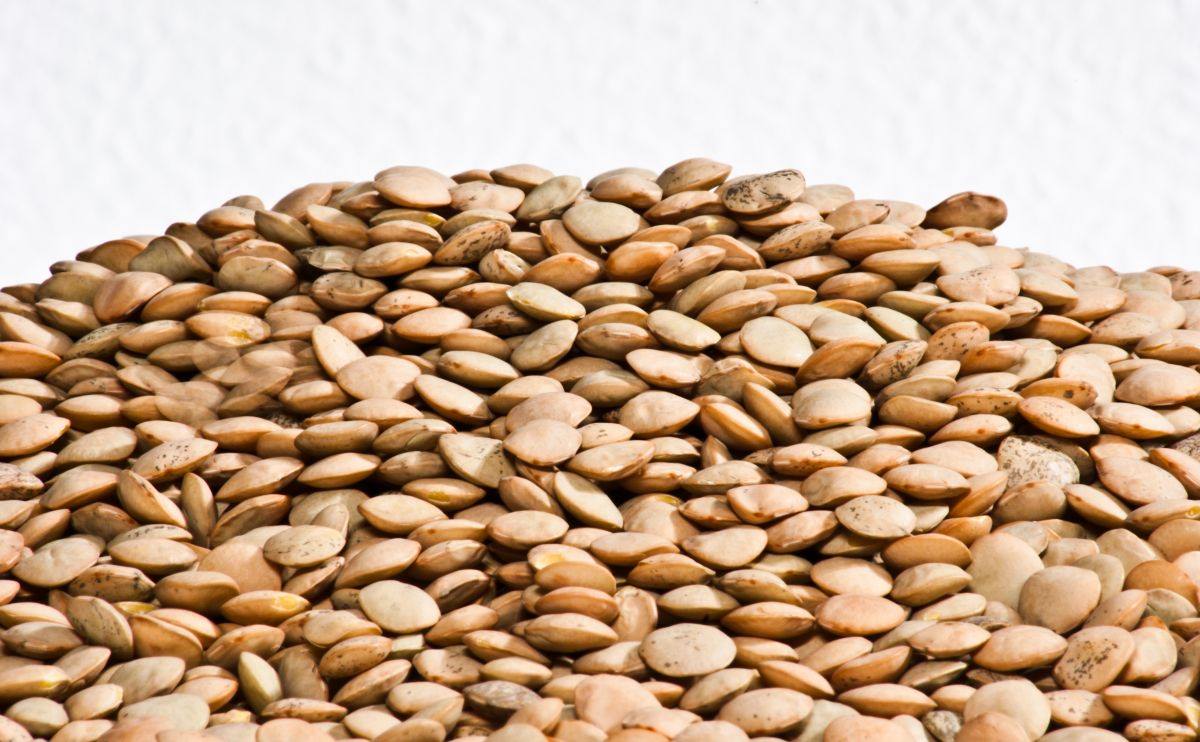North Dakota lentils: delicious.

The colder parts of the Midwest and West, ranging from the Dakotas all the way out to Washington state, are ideal for the growing of pulses, a category referring to beans like yellow peas, chickpeas, and lentils. North Dakota and Montana, with their cold and wet winters, are the first and second biggest growers of these crops in the country (though the Pacific Northwest has proven more capable at chickpea growing).
But pulses remain an extremely small, niche crop; AgWeek notes that for every acre of lentils planted in the US, 110 acres of wheat are planted. Still, given the year-over-year drop in prices of bigger crops like corn and soy, growers in the Upper Midwest are looking elsewhere – and why not pulses?
In fact, North Dakota State University’s projected crop budgets predict that lentils, as well as other semi-unusual crops like mustard and buckwheat (the latter being not a wheat at all but actually related more closely to rhubarb), could potentially be much more profitable this year than corn and soy. And farmers are taking note; AgWeek talked to a few farmers and seed-sellers who say lentil and other pulse seeds are in extreme shortages this year as farmers look to these underused crops.
It would be a bit much to say that farmers are replacing corn and soy with pulses. More likely is that flex acres – land set aside by farmers to be planted with whatever seems best that year – would be planted with them. But it might only take a few years of profitable lentil crops to convince some farmers that these alternatives might not deserve the tiny market share they’ve had for so long.